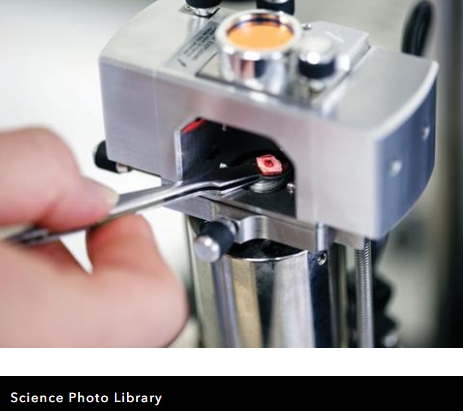In November 2013, Isabeth Jefries interviewed Laurent Bozec regarding the future of Atomic Force Microscopy for the next decade. Please read the full account here in Chemistry World.

One of the biggest challenges for AFM is to make the platform more accessible to non-experts,’ comments Laurent Bozec, senior lecturer in biophysics and tissue engineering at the Eastman Dental Institute at University College London in the UK.
Bozec takes a similar view. ‘In future, more AFM settings will be automated and will be more widely available. There will be a simplified version of the instruments but the high end instrument will also be available for research scientists. If the technology can be presented more simply to clinicians, there is no reason why AFM should not move into every UK clinical lab as part of regular medical diagnostics.’
Update – April 2020.
Almost 7 years after this article was written, it is true that AFM as an analytical technique has been developed immensely regarding its ease-of-use. With new modes of operation such as Quantitative Imaging or automatic laser alignment, it is now easy for almost any new users to pick up this technique and obtain data. Understanding what these data means is not yet so accessible and a basic understanding of how AFM works is still required to make the most of the capabilities of this fantastic tool.
The transition to the clinical setting remains a huge unmet challenge. So I guess, we still have a lot to do!